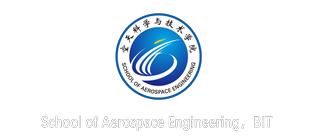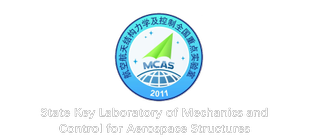Three-Dimensional Aeroelastic Stability of Elastically Restrained Plates in Subsonic Flow
Zhu Su, Lifeng Wang, Kaipeng Sun, Jie Sun
Introduction: As one of the fundamental elements of aircraft, plate structures are always exposed to subsonic flow. The interaction between airflow and structure will make the system lose stability when the flow velocity exceeds the critical value. Therefore, a thorough physical understanding of aeroelastic stability of plates is significant. Motivated by the aircraft industry, propulsion systems, etc., extensive effort has been devoted to the aeroelastic analysis of cantilevered plates [1–7]. Moreover, due to the applications in body skins of aircraft and high-speed trains, the aeroelastic stability of plates with simply supported or clamped boundary conditions has also been studied by many researchers [8–10]. However, most existing literature has been confined to limited sets of classical boundary conditions, such as clamped–free, clamped, and simply supported restraints. As pointed out by Gibbs et al. [11], the research on the aeroelastic behavior of plates with unexplored boundary conditions is of importance for the lighter and novel aerospace design. In addition, most relevant studies have been focused on two-dimensional platesmodeled as a beam, whichis not benefittoinvestigatetheinfluence of boundary conditions on aeroelastic stability of plates in practical engineering. Moreover, there may exist nonclassical boundary conditions, such as elastic restraints, due to the assembly and manufacturing process [12,13]. However, the investigation on the effect of the elastic boundary on aeroelastic stability of subsonic plates is not available. In this Note, the purpose of our work is to provide three-dimensional aeroelastic stability analysis of plates with general boundary conditions: especially elastic restraints. The main novelties of the present formulation are the following: first, it realizes unified processing of boundary conditions and has the capability of handling arbitrary boundary conditions without any special change to the solution procedure; second, the three-dimensional vortex lattice method in the continuous time domain is developed to derive the aerodynamic force, which is more convenient thanthe discretetime form due to elimination of effects of structural frequency on vortex elements. In addition, based on the formulation, the influence of elastic restraints on the aeroelastic stability of plates is investigated in detail.
原文链接:https://arc.aiaa.org/doi/10.2514/1.J059786





